Let’s begin with the elephant in the room that everyone is talking about right now. From the smaller day-to-day challenges to the life-shattering misfortunes we are navigating through, COVID-19 is having a dramatic impact on everyone. Tonight, many of us had been looking forward to reconnecting with our friends and fellow artists at Jerry Trapp’s pre-Spectrum Fantastic Arts Live event. It’s always a fabulous evening of delicious food and terrific conversation.
We applaud Arnie, Cathy and John for making the difficult decision to cancel the Spectrum Awards event when it became obvious that holding it could put our community and those we love seriously at risk. As events develop, we see that it was most definitely the right choice and we are grateful for the understanding and patience with which people are adjusting to the new normal in 2020.
I had written a post about the awards ceremony for the SFAL event, which, like many things had to be scrapped when the show was cancelled. So, today “St. Palli Grrl” has stepped in to pick up the slack. Given her particular attitude, perhaps the elephant in the room is a battle elephant, here to help us get through these uncertain times.
Building Hollow Sculptures
My smaller water-based clay pieces are created solid and then hollowed out before firing. On these works, I develop all areas of the sculpture simultaneously – starting rough and gestural and gradually refining throughout.
For 50% life-sized and larger, I build my sculptures hollow. This process is quite different from a typical sculptural approach. With the building hollow method, in order to maintain a consistent thickness of clay (which is important for the drying and firing process to be successful), each section is refined before moving on to the next part.
I always work with a model. Once I have decided on the pose, I have comprehensive reference photographs from all angles – at least 24 around the figure at eye level, bird’s eye and worm’s eye views, and detail shots. I take extensive measurements to use as a starting point and also to check myself if something is not looking right. I use these photos and measurements to rough in the sculpture and then I often bring the model back in for the refinement stage.
For “Palli Grrl’s” legs, I began by rolling slabs of clay, then forming them into cylinders for the thighs and calves.
I sketch in the rough anatomy before I assemble the parts, so the sculpture already has a sense of basic musculature.
The torso is built with layers of flattened coils. Even at this very basic, roughing in stage, I am careful to keep the gesture, line and feeling of the pose evident. It is very hard to make significant shifts in the overall structure once the parts are all assembled.
I am able to develop the forms from the inside of the sculpture by gently pushing out areas such as the rib cage as seen here. If I created these forms only by adding clay to the outside, the clay thickness would become inconsistent, potentially creating problems in the firing.
Continuing this process up the torso, I use external braces made of clay that will help support the weight of the upper body. Internal clay supports built into the upper torso will keep the it from collapsing under the weight of her head. I don’t typically use metal armatures with water-based clay sculptures as they would need to be removed before drying (clay shrinks when it dries – up to 20% or more – metal does not and this discrepancy causes the clay to crack).
Arms are built with cylinders, refined and attached. Notice in the first image that the body is much more refined than the neck and head. The head was roughed in separately from the body then attached (a touch of Frankenstein-ing). I have to carefully manage the drying of the clay so that it remains somewhat workable, but strong enough to support the weight.
Clay likes to be in vertical walls, like a pot. The more cantilevered the upper weight of the pose is, the more it would like to relax into a heap. The PVC buttresses in the last image help to keep that from happening. The PVC supports are only used when the clay is drying – people often ask if they go in the kiln with the sculpture, which they don’t (they would melt as I fire the pieces to over 2000º F). However, the clay brace under her bottom will be fired with the sculpture.
Tough Lessons Stick With You
So what happens if you don’t use the external supports? I’d like to say “I don’t know because I always do,” but…
Meet “Despoena, Muse of Challenges.” I had sculpted her to this point. I went to take a nap and Colin came in and said, “Your sculpture fell over.” I asked, “What do you mean, ‘my sculpture fell over?’ ” Well…she had fallen over.
I always use braces – always. I don’t know why I didn’t with this piece. The extreme arch of the pose and the weight of her head and arms in the air created so much stress in her low back that she did a literal back bend – all the way. Argh.
When I saw it, my first response was, “Well, it’s clay. We can fix her.” Colin kindly took a break from what he was working on and helped me reassemble the torso. Then I saw the damage to her head and arms. I was so upset I went and worked on our taxes for a week.
Colin very carefully wrapped up all the parts in plastic just in case I decided to come back to her, which I ultimately did and she blossomed back into life. He did remind me that in deciding to do a portrait of the Muse of Challenges, it was only natural that she should challenge me.
Colin frequently adds motifs to our collaborative sculptures. To commemorate her rebirth, he added a Phoenix to the relief embellishments emblazoned on her torso. Like Despoena, we can all rise from the ashes of hard times.
The Graffiti Girls
Much of my personal work deals with women’s experiences and the power words have to shape and define the realities we live in. My first graffiti sculpture was “Commodity” – a conversation about child marriages and human trafficking. She is graffitied with words including property, goods, chattels and possession in 14 languages representing the countries with the highest incidence rates and the world-wide occurrence of these destructive acts. Graffiti is often considered an act of vandalism. In this case, I used the graffiti to represent the vandalization of a young girl’s life – using women as a societal commodity, as payment for debts or as a source of income.
“St. Palli Grrl” is a stylistic continuation but metaphorical response to “Commodity.”
When it comes to surface finishing, Colin is my (not so) secret weapon. He mentors me in disciplines outside my sculptural knowledge base – like airbrush. One of things I love about our relationship is that we share our expertise and learn from each other. This is where the collaborative part of these particular sculptures come in.
We started with a base coat of cool to warm tones applied with a gravity feed gun. Like anything particularly noxious or messy, this part is done in our “al fresco studio.”
These sculptures have layers upon layers of words which contributes to the sense of depth and softness. I added words on top of each other to create the secondary layer.
Choosing particular glyphs and words to accent, I airbrushed them in white to make the subsequent colors pop. I applied the base colors and then Colin came in with his über airbrush techniques to add the accents, outlines and really cool stuff.
As described by Kelly Carper, “St. Palli Grrl” is “as if the closed off “Commodity” figure suddenly thrust her body forward in a transformative act of defiance. The surface aesthetic references street art rather than vandalism with a less jarring but equally bold palette that moves from warm to cool tones. Rather than yelling over each other, words like “self strong,” “hero,” and “self empower” converse with clear definition. “Palli Grrl” shifts the conversation that Poole sparked with “Commodity” with an aura of strength and conviction. This piece embodies the attitudes that make up our current political climate in the context of the #MeToo movement and third wave of feminism, as young women take charge of their own societal roles.
“In addition to body posture and the written word, “Palli Grrl” incorporates a third language layer into the piece through the energetic expression of mudra. A mudra is a symbolic hand gesture common to Buddhism and Hinduism brought into our western culture through yoga, in which hands and fingers form various symbols to access certain energetic qualities. The fingers on the sculpture’s left hand are arranged in “Palli Mudra,” in which the index and middle fingers cross while the thumb and ring finger connect. This mudra is a symbol of strength; it is meant to instill self-trust and confidence while stoking inner fire.”
H*art to H*art Chat
These times are filled with worry and uncertainty for most of us. The cancellation of conventions and events threatens our financial well-being just as COVID-19 threatens our physical well-being. As we know, worry and fear can be all-consuming, destructive forces to the creative spirit.
From our perspective, if we all set about making the best work of our lives right now, in the future we will be able to remember the incredible creativity that blossomed in the midst of a very dark time as something that also happened in 2020.
We were video conferencing with Patrick Masson, an artist friend in France who has chosen to keep his entire family indoors for the safety of others in their community. He said, “We were born from a generation that was asked to go to war. Now we are being asked to what? Stay home. That’s all. We can all do that much.” While staying home may be a scary thing as it can mean financial havoc, I think that Patrick’s words are a solid bit of perspective coming from a country and society that was completely decimated in a way most of us have never known.
Now we are more connected than ever. It is likely that we will all face difficulties, but we will learn and we will make it through and we will help each other to do so.
The Artwork Archive just published a list of grants for artists in financial need. You can access that list here: https://www.artworkarchive.com/blog/financial-relief-resources-for-artists-during-covid-19?utm_source=newsletterclass&utm_campaign=covidrelief
Grant writing is a whole topic on its own, but briefly, if you are going to apply: 1. Read the requirements carefully and note who the grant is designed for. If you don’t qualify, don’t apply. It wastes your time and the time of the generous organizations who are offering help. 2. Be precise in the materials you submit. Do everything exactly how it says in the instructions. If it says six images, provide six images – no more, no less. Use your word/character count. If you do not follow the directions, most likely your application will be rejected even before it gets to the committee. 3. If you are not a good writer, get help. Read your application to other people, get feedback and ask if your proposal makes sense. Avoid grammatical and spelling mistakes. Be polite and respectful in your letter of interest. 4. Many, many people apply for grants and they are difficult to come by, but it is something you could try if there’s one that fits your circumstances while you’re sequestering yourself at home. The more you do, the better you get and you will be able to fill out the applications quicker. On that note: do not wait until the very last minute. You will stress yourself out and not do your best work.
As a final thought, keep creating – it is good for you and it is good for the world. People will need things to lift their spirits more than ever and as artists, we are uniquely poised to provide that. Much love to you all.


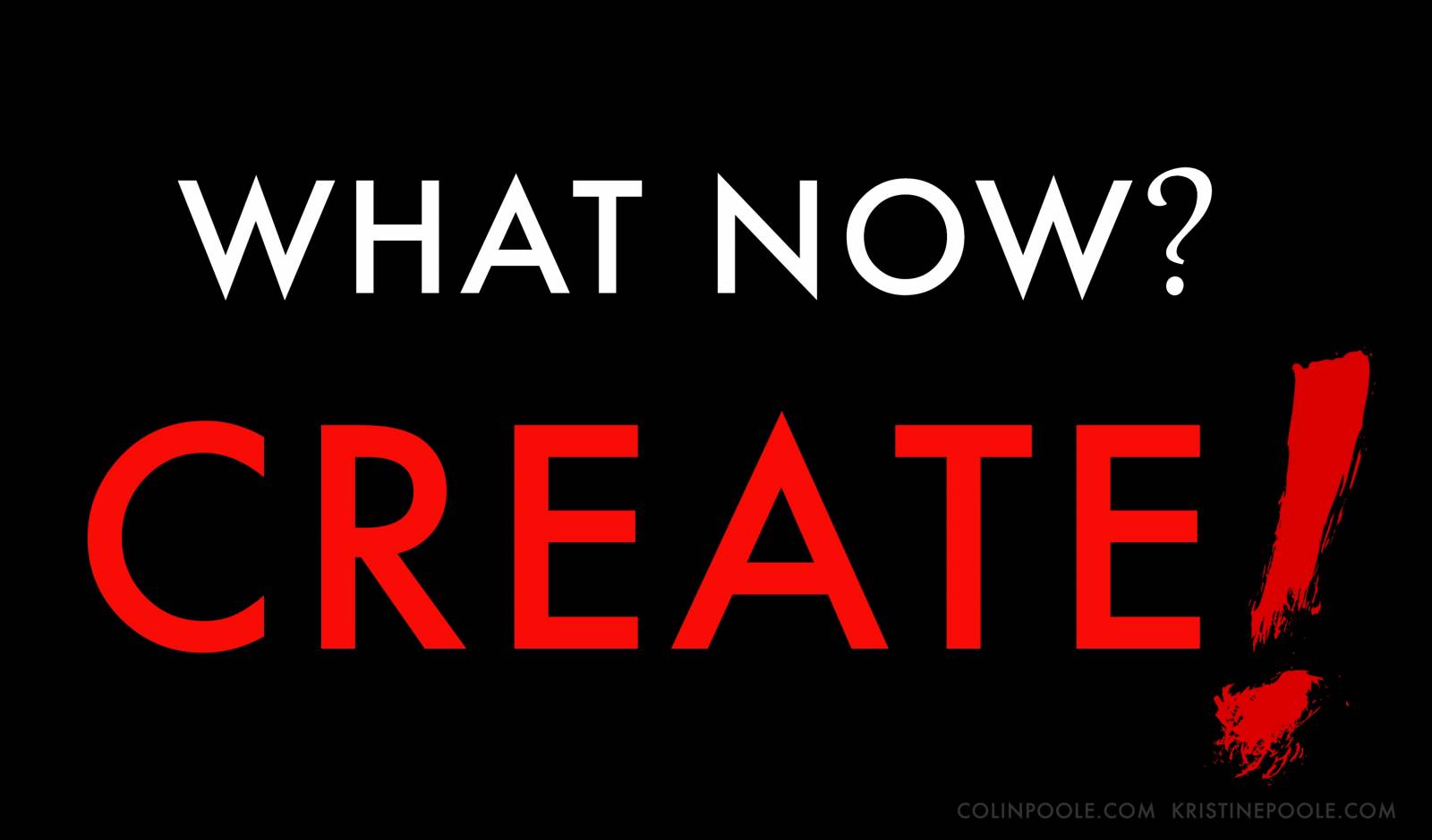
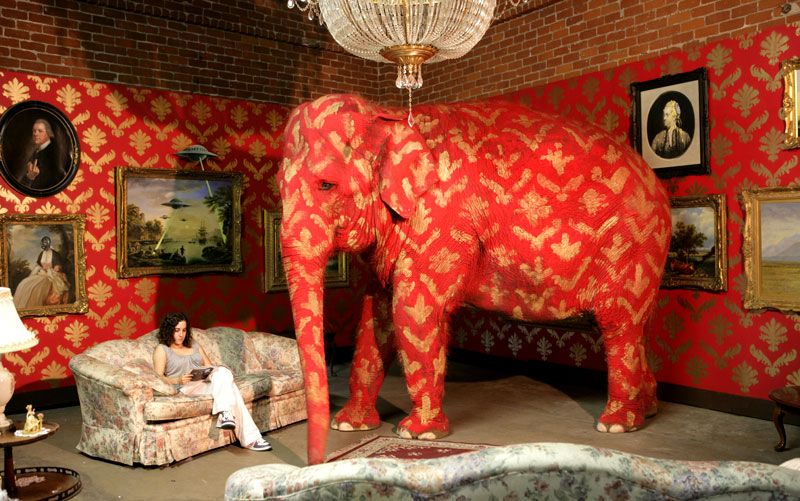
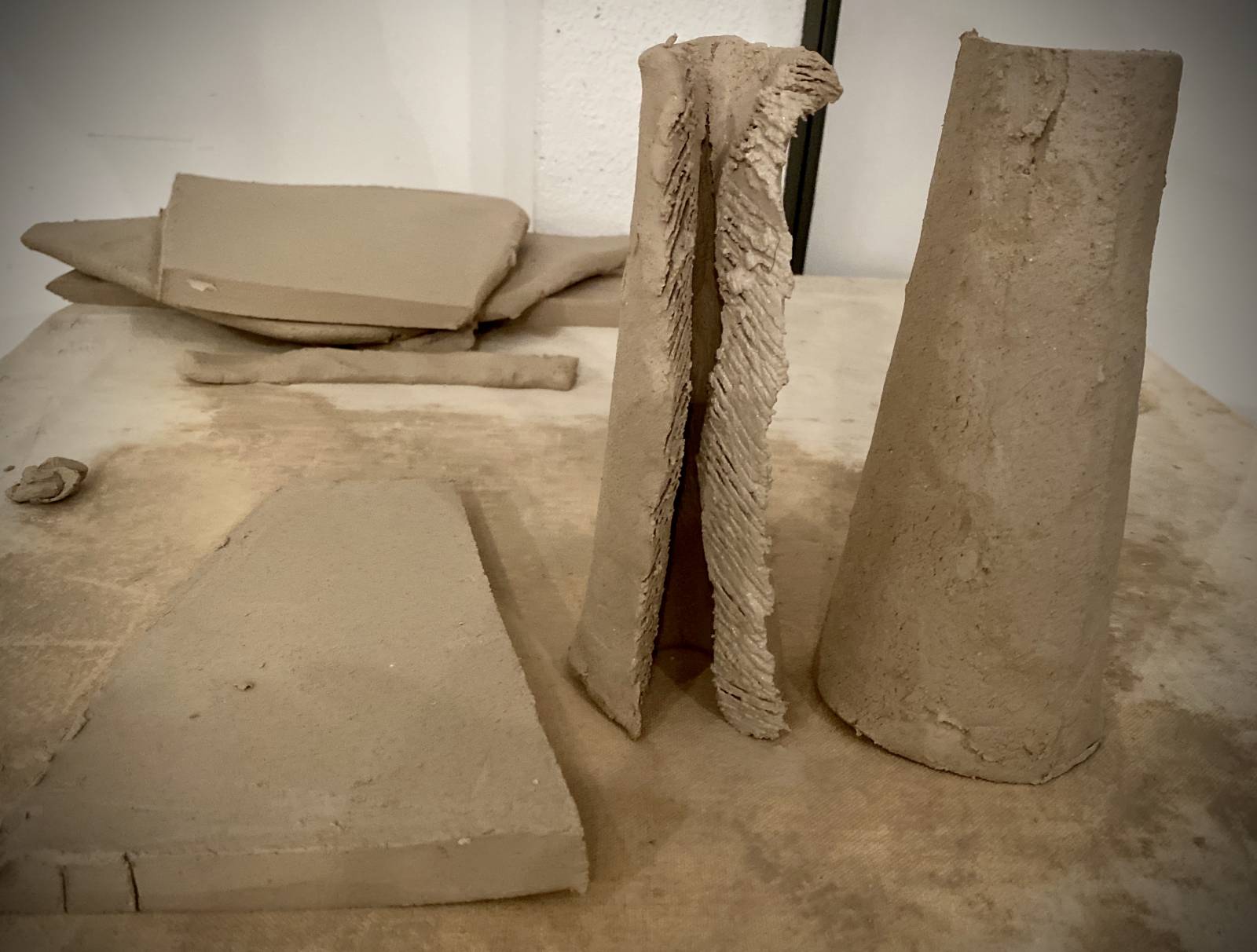

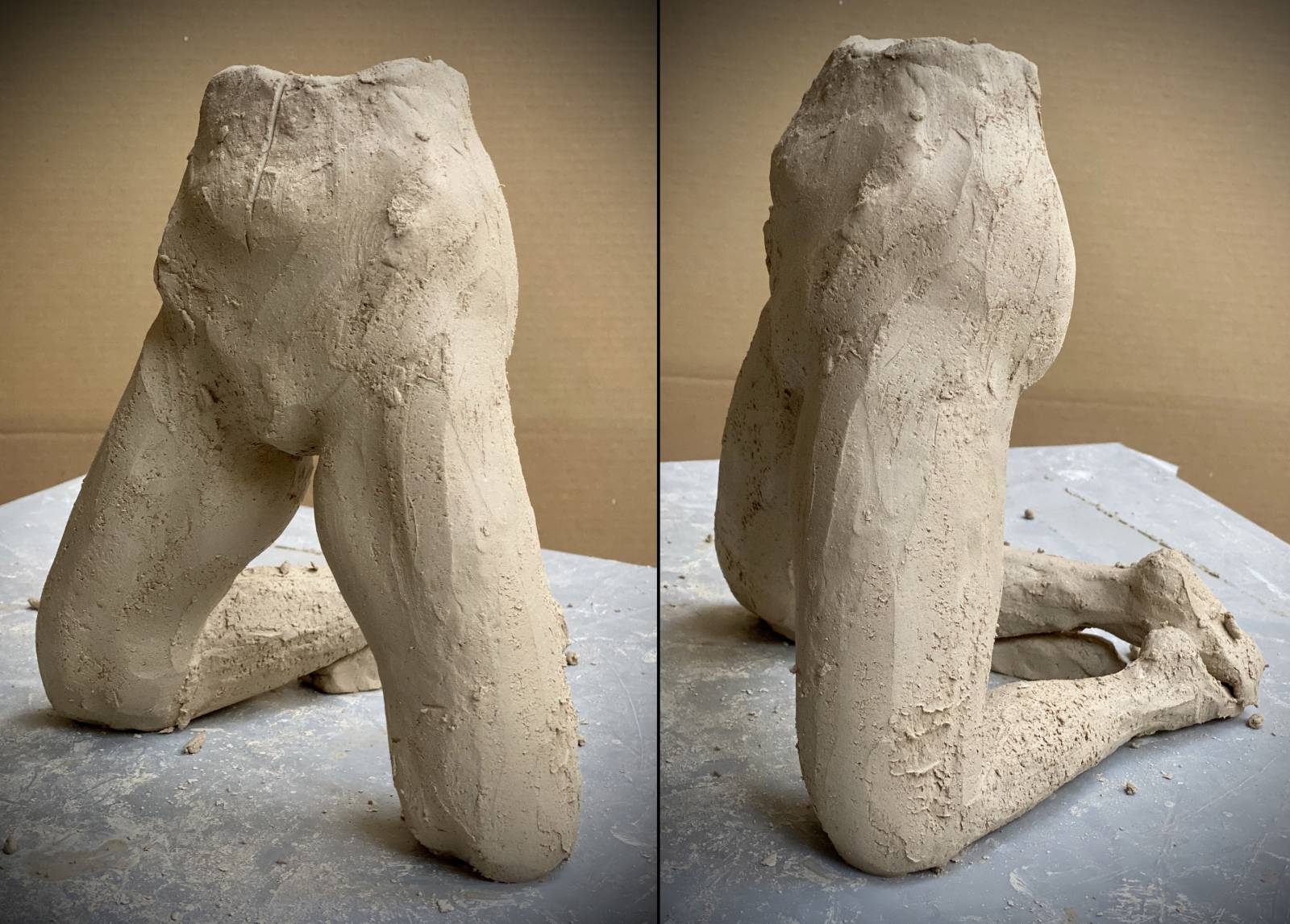
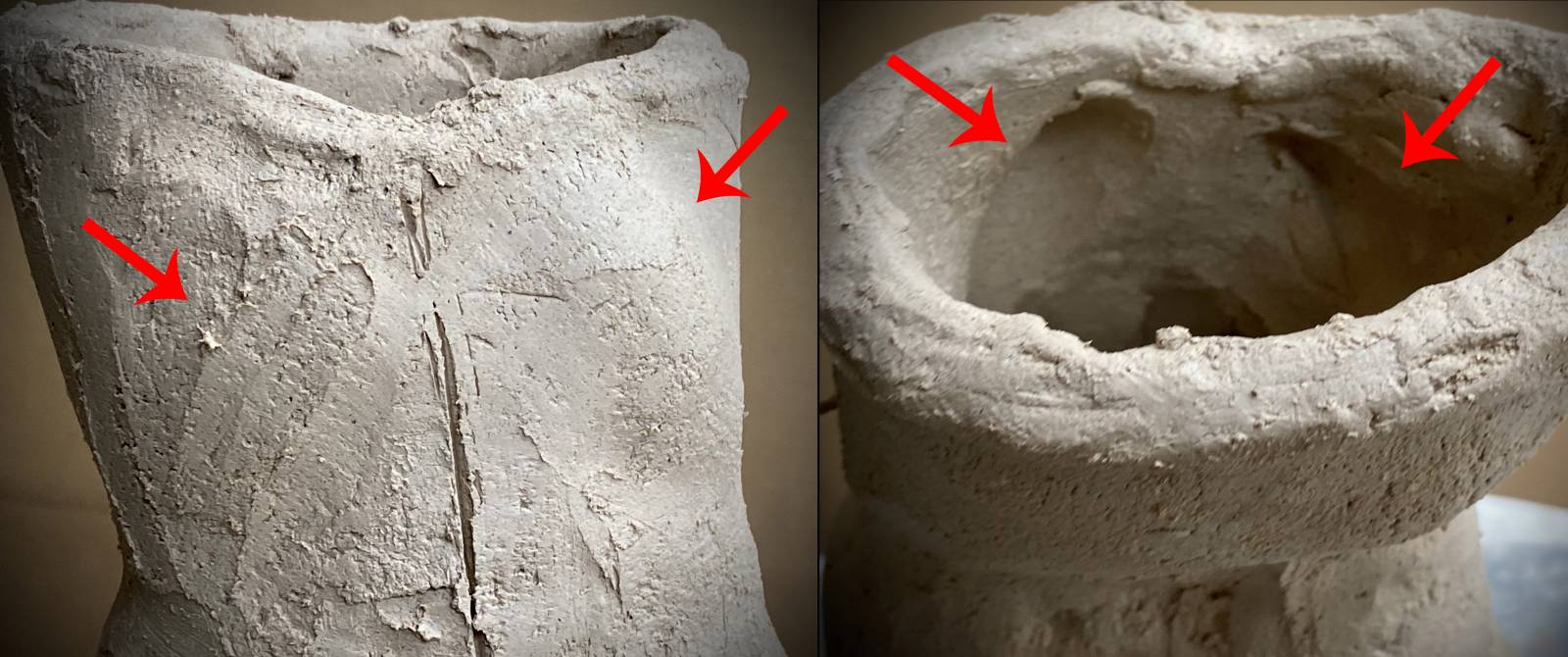
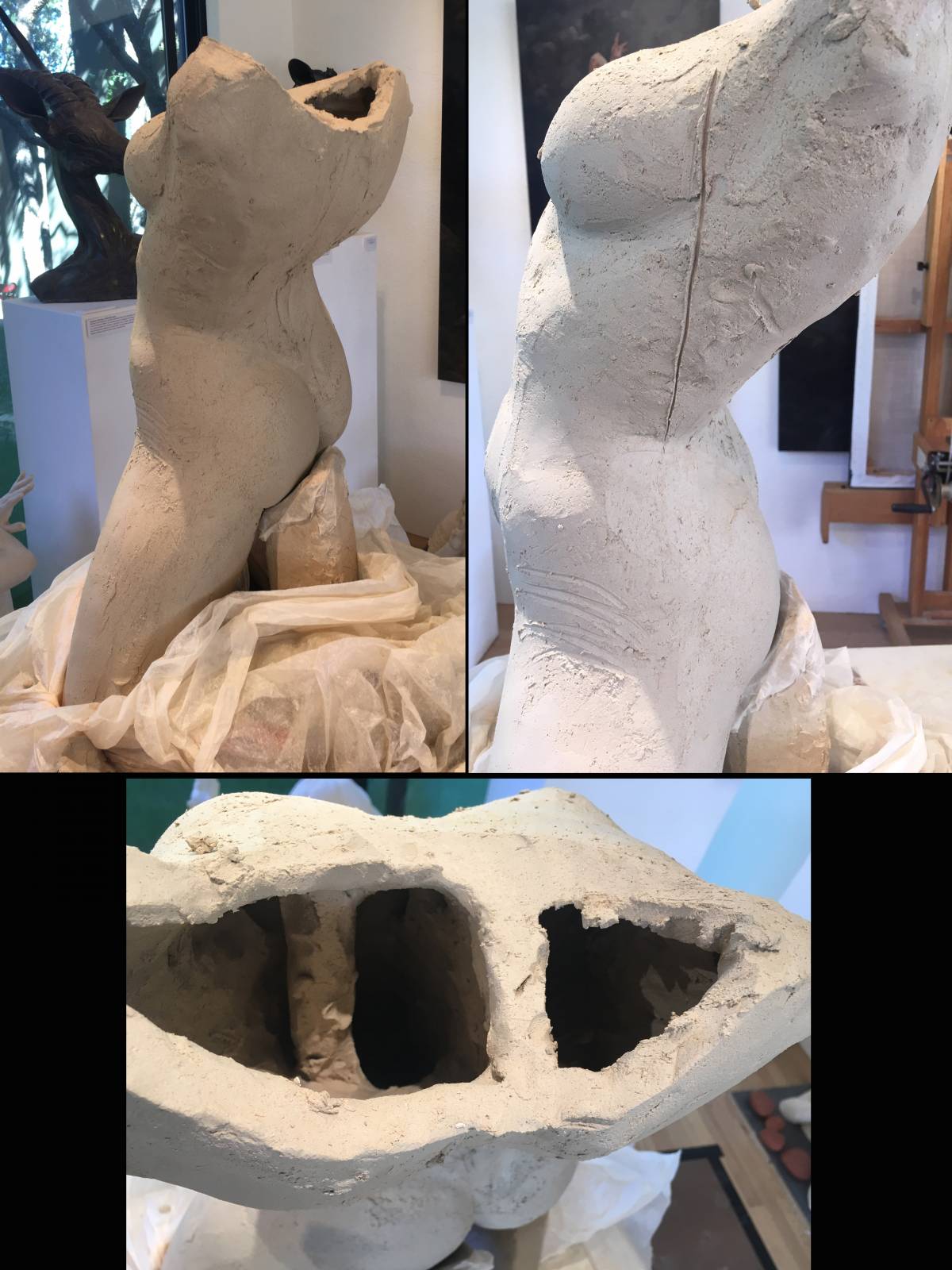
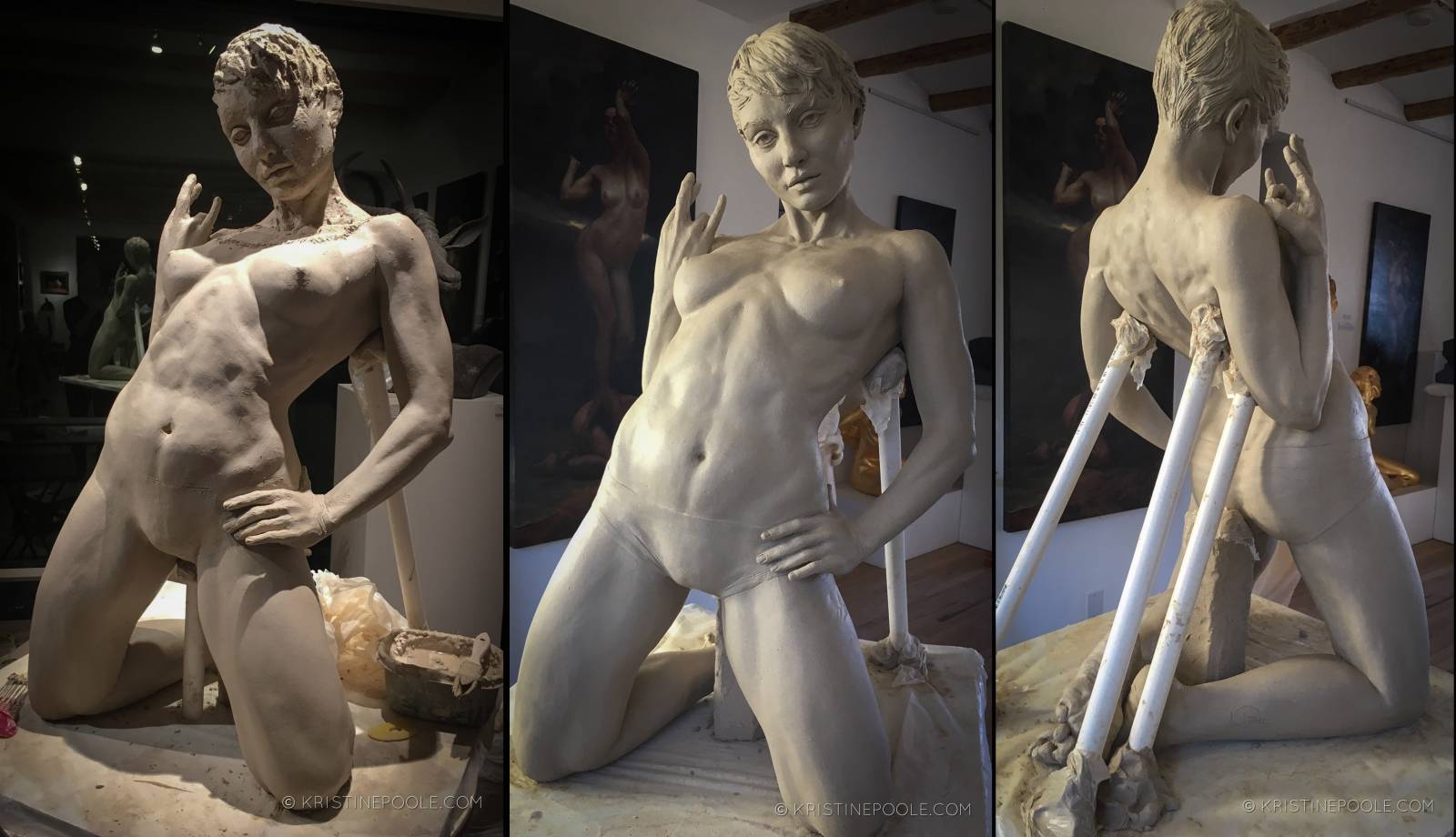
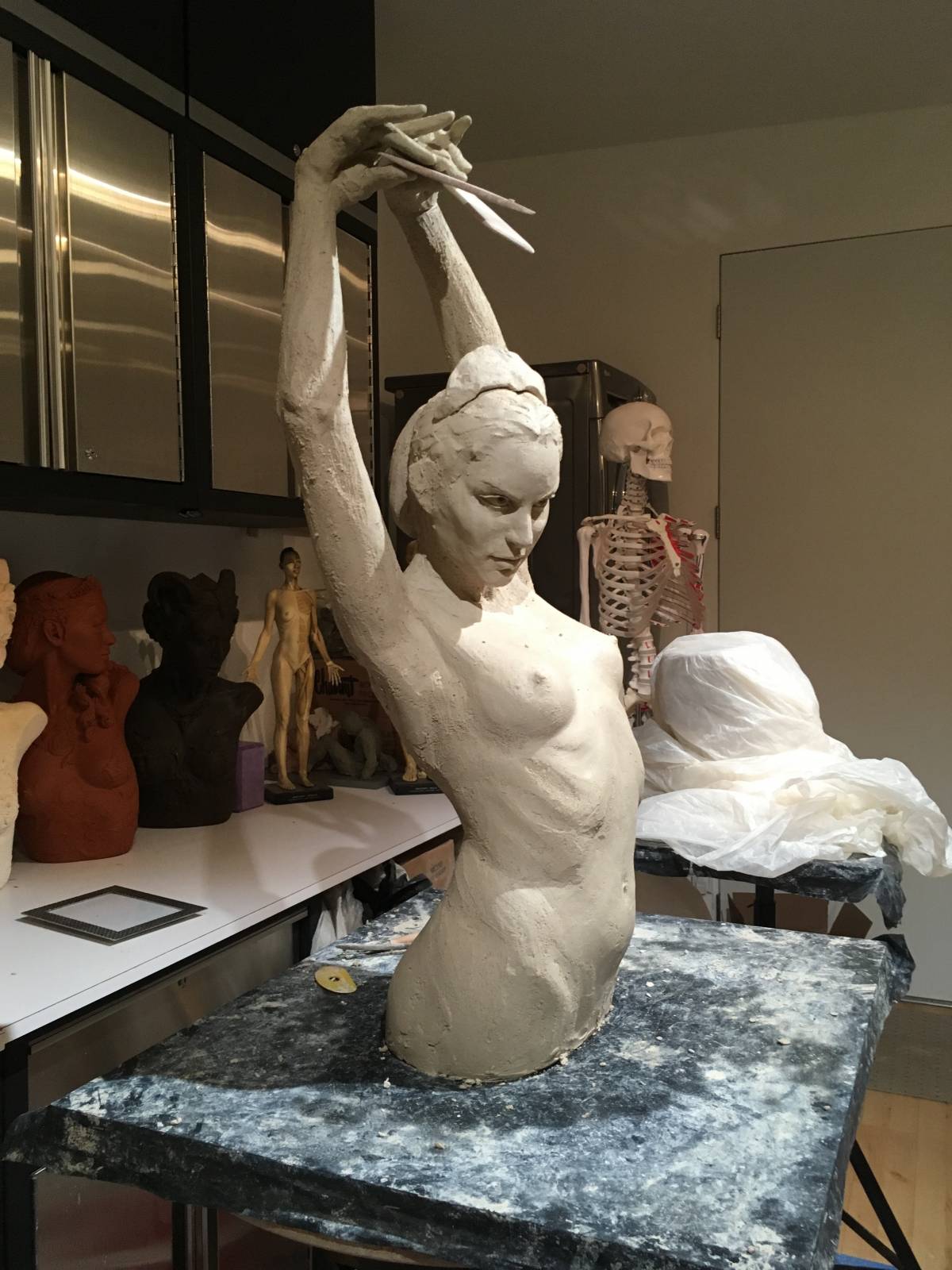
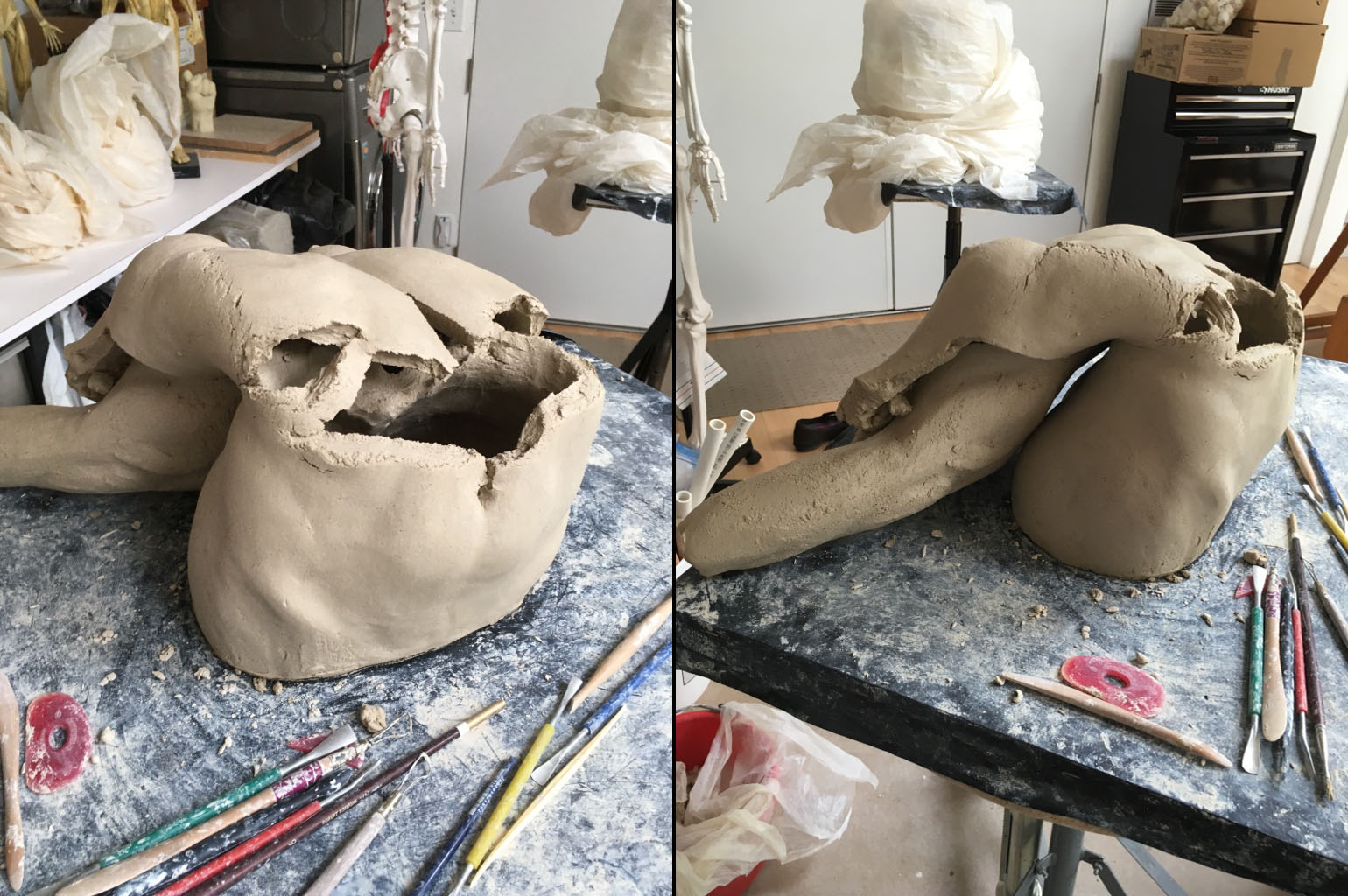
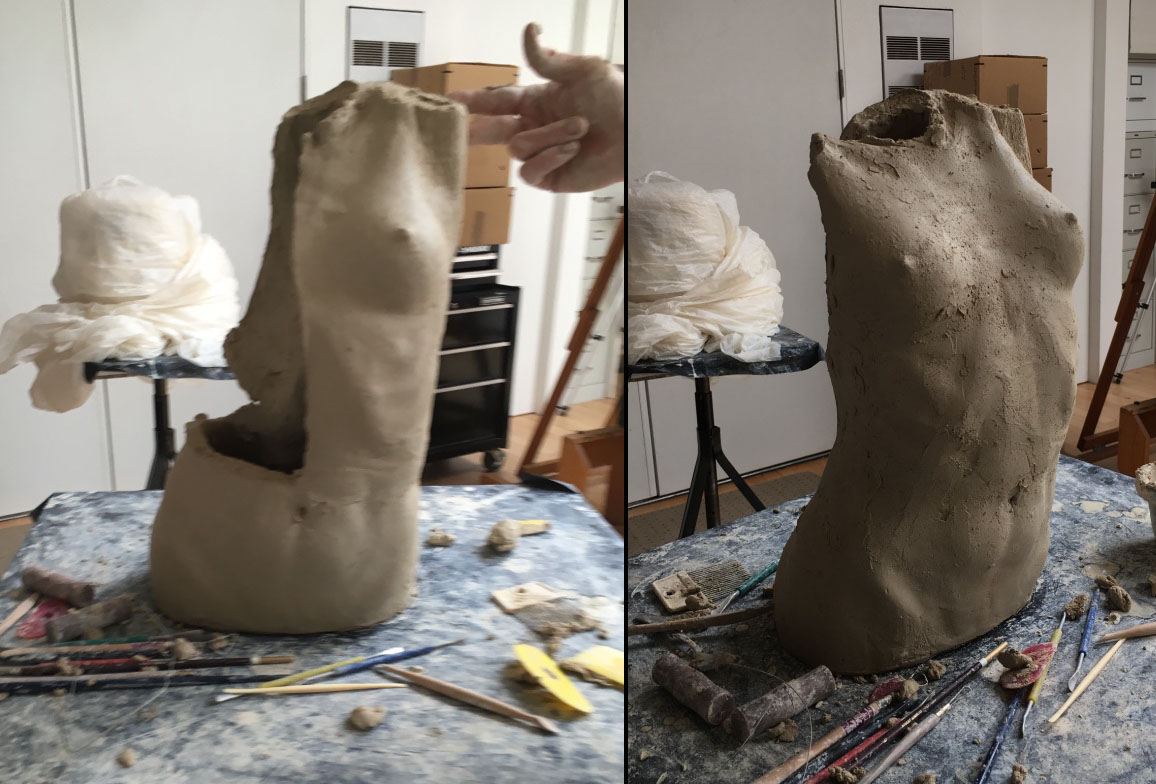
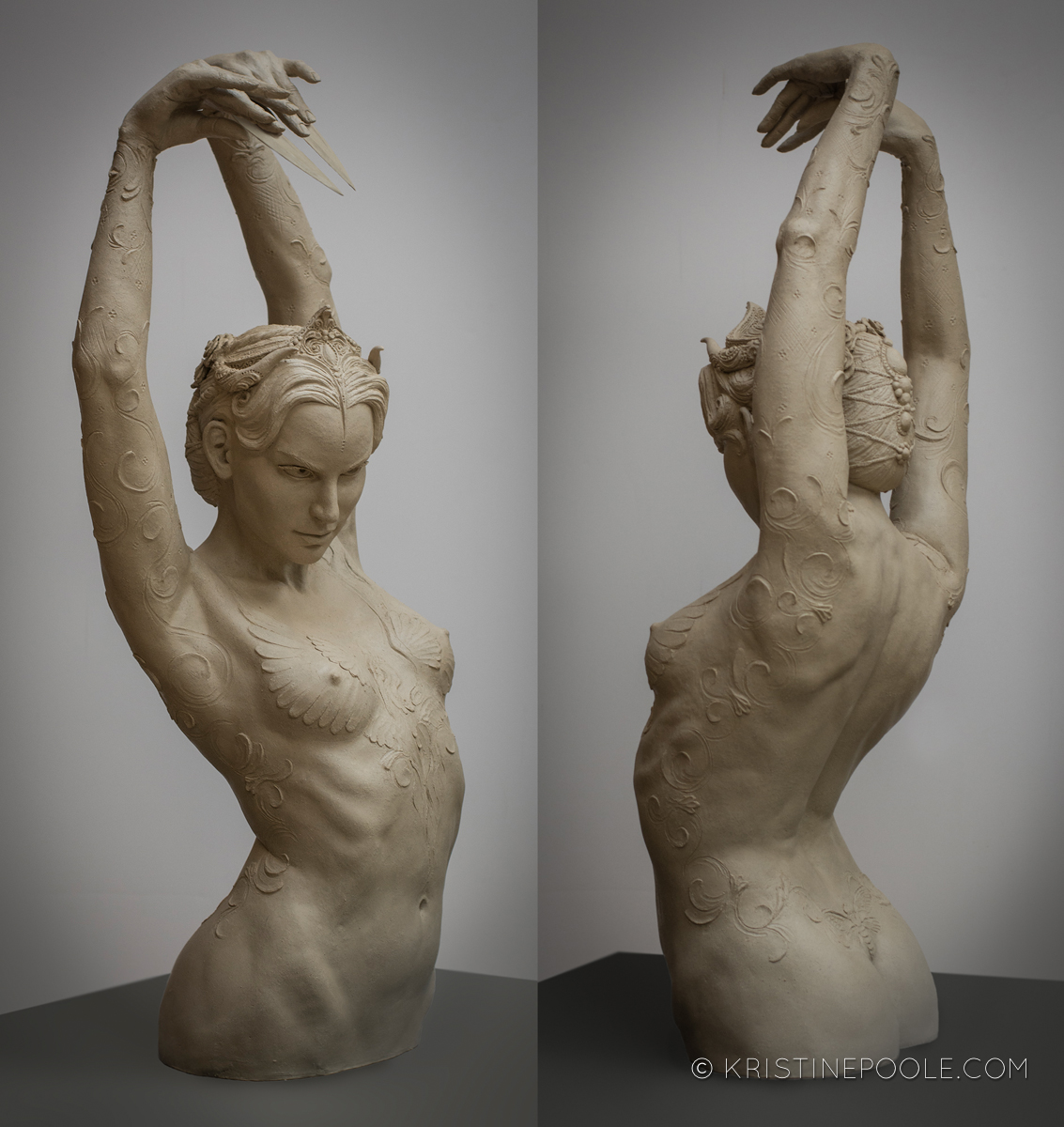
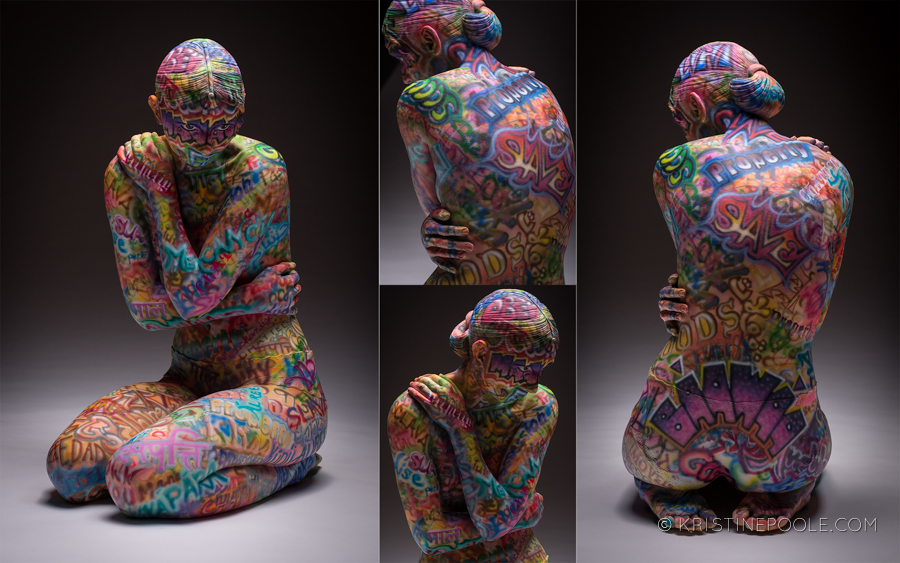

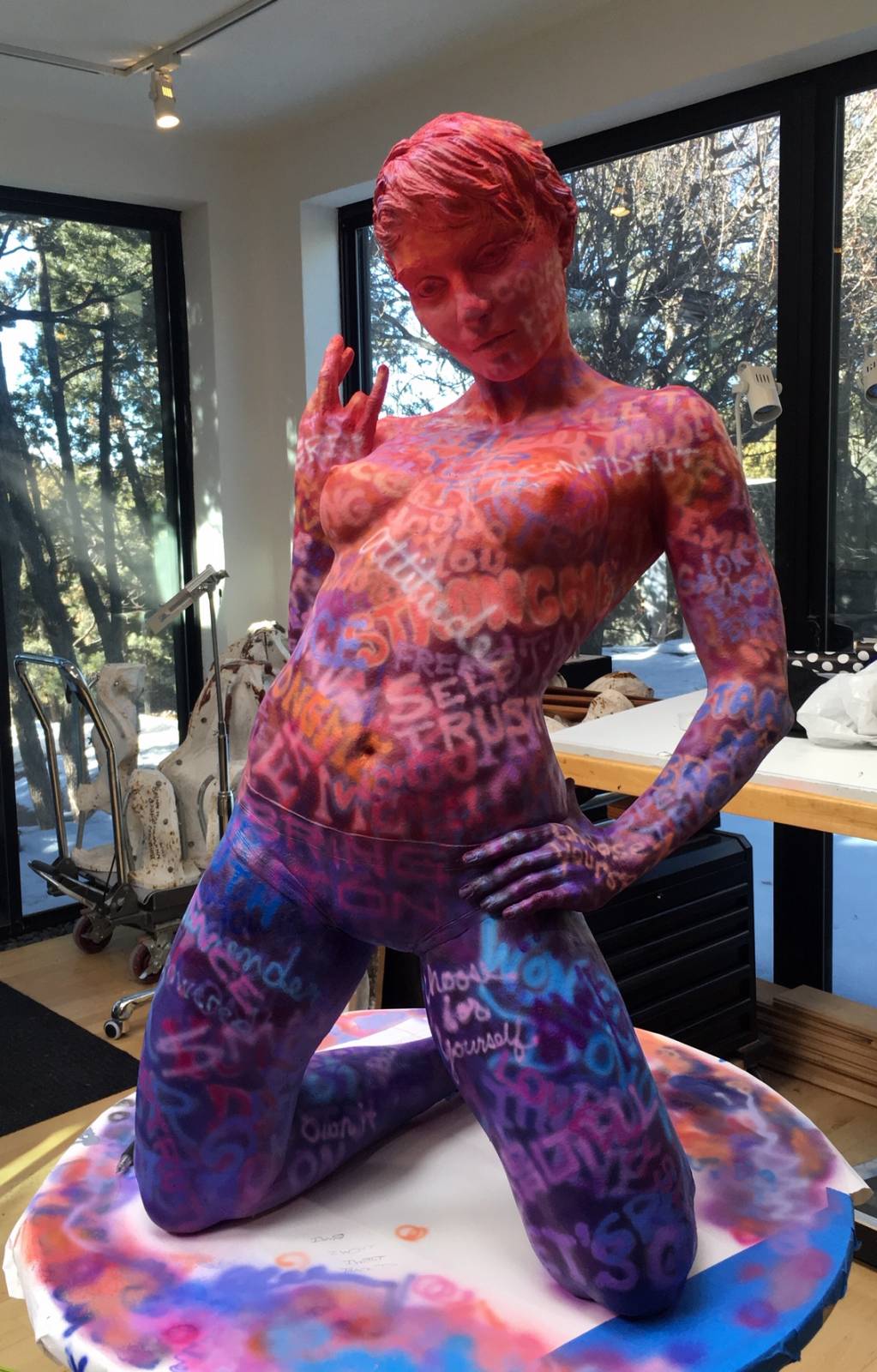
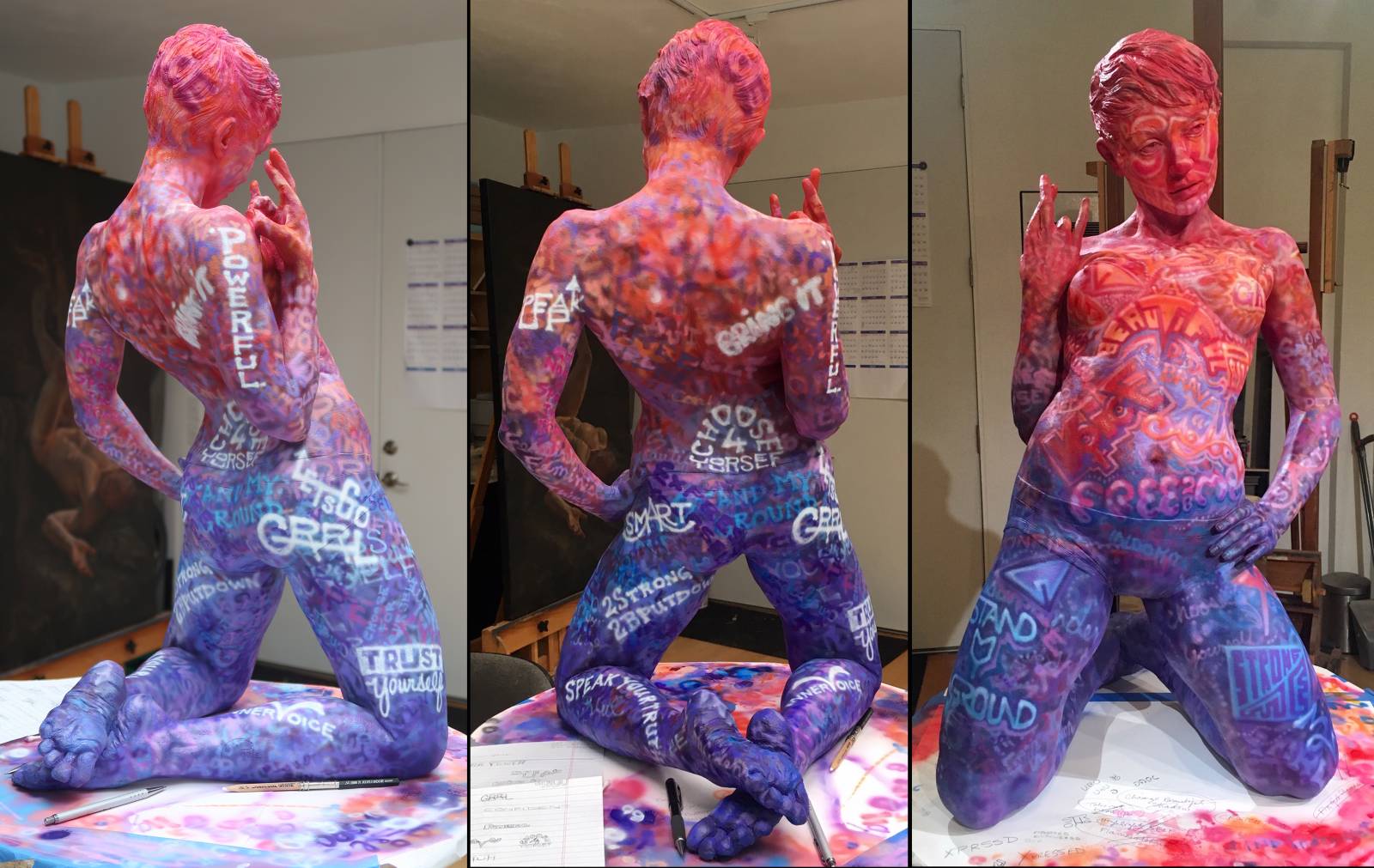

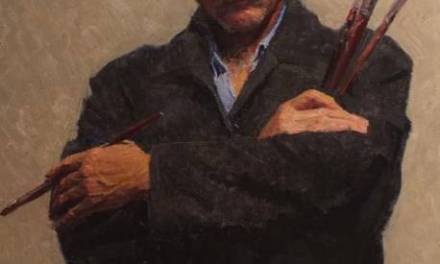

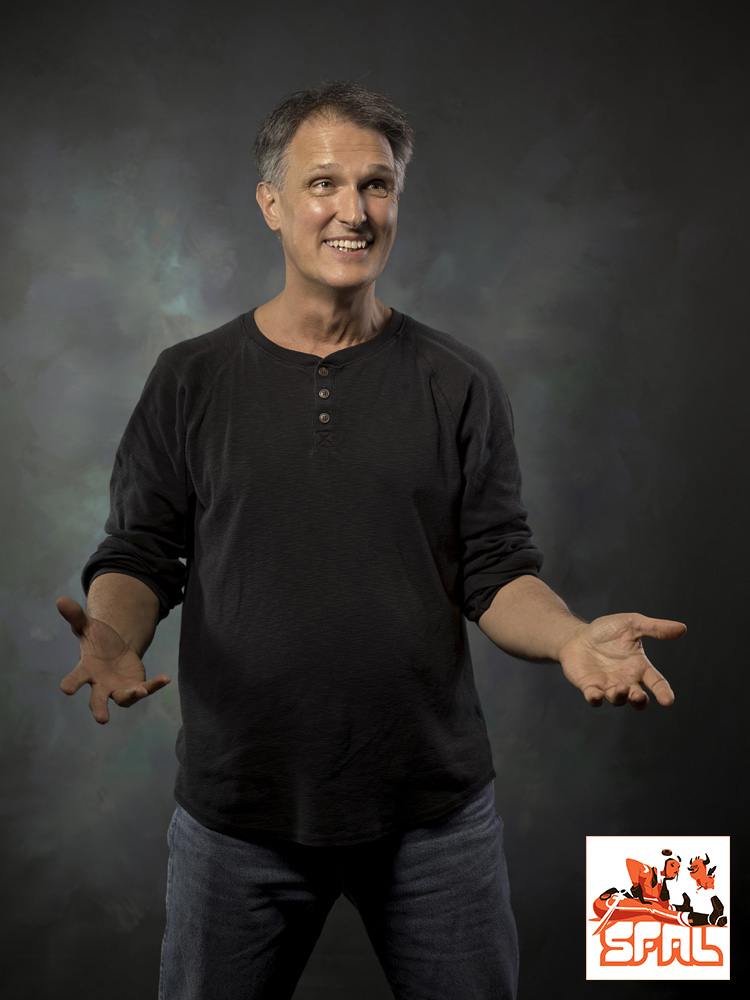
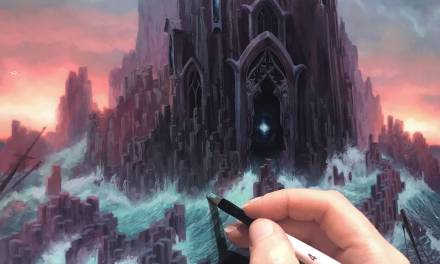

This is a fantastic post! Thanks for sharing the process and insight.
Thanks so much for taking a moment to comment Nico! I’m so pleased to hear you enjoyed it. Please do let me know if there are other topics you’re interested in. Kristine